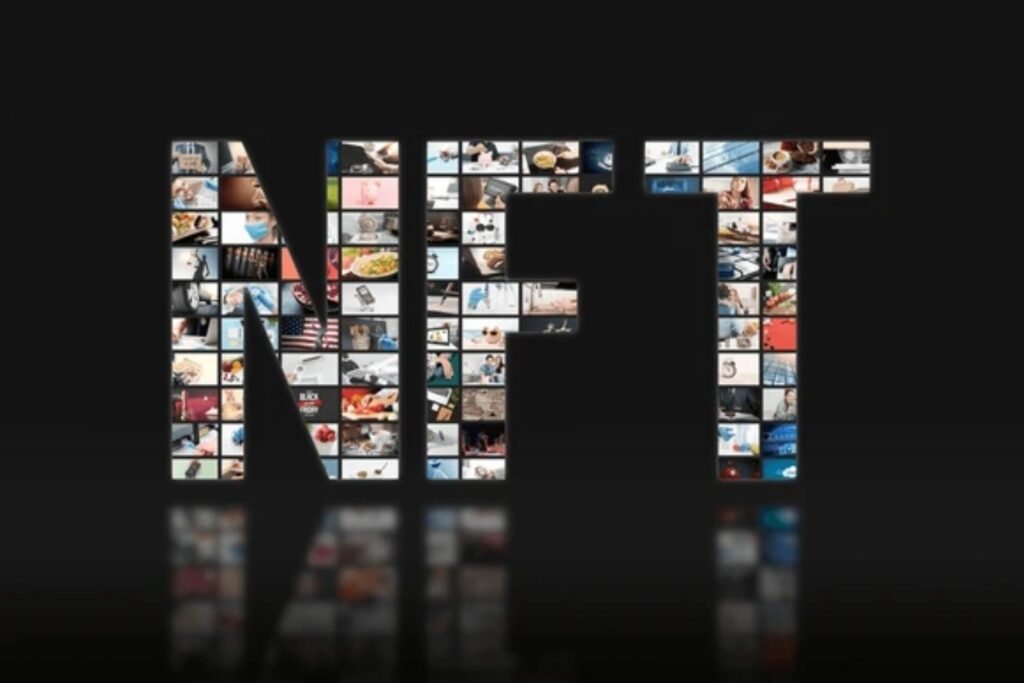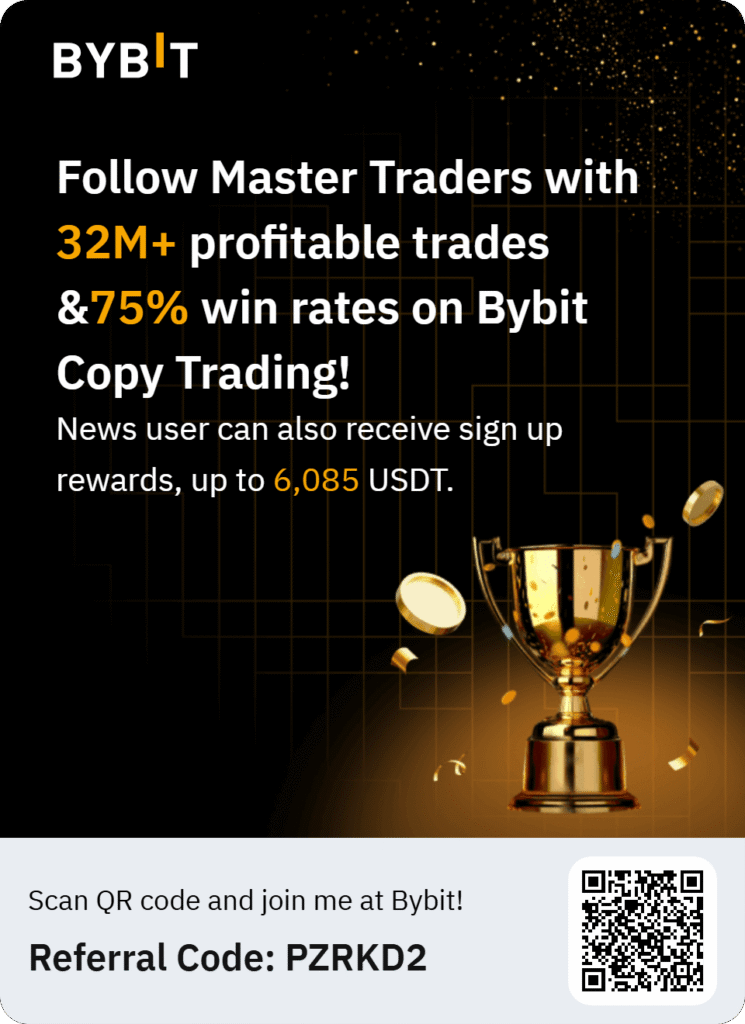⚠︎ Disclaimer: Cryptocurrency is a high-risk asset class. This content is for informational purposes only and does not constitute financial or investment advice. You may lose all of your capital. KoinGuide may earn a commission if you visit or sign up with a recommended provider via our affiliate links—at no additional cost to you. All recommendations are based on our independent reviews and evaluation process.
NFTs Explained

More than just digital art - understanding the full potential of NFTs
NFTs (Non-Fungible Tokens) are unique digital assets verified using blockchain technology. Unlike cryptocurrencies, each NFT is one-of-a-kind and cannot be exchanged on a like-for-like basis.
Key Point: “Non-fungible” means irreplaceable and unique. While Bitcoin is fungible (one Bitcoin equals another), each NFT has distinct characteristics that make it special.


